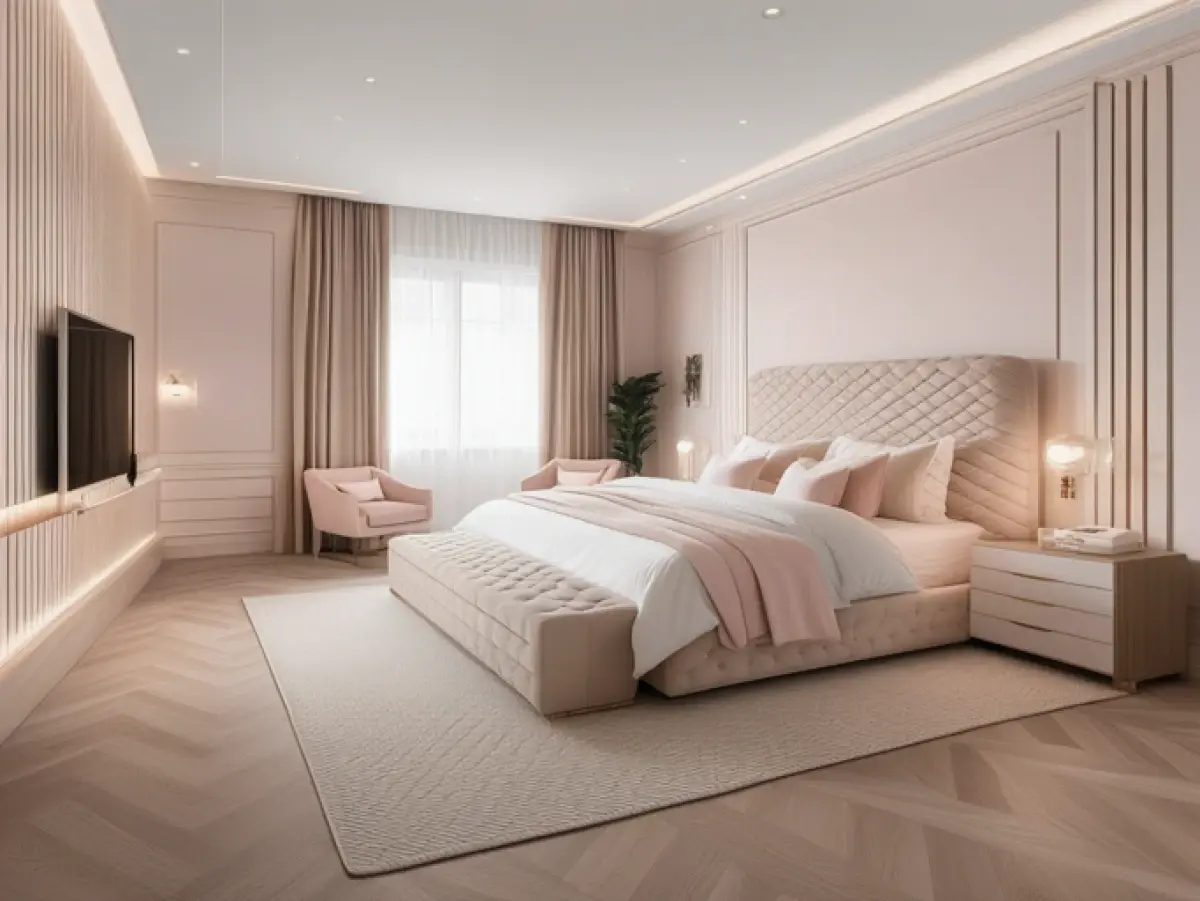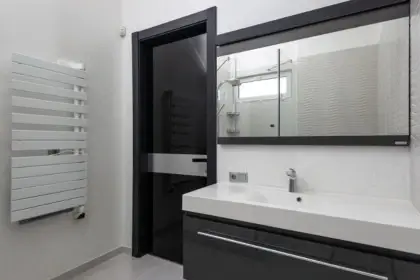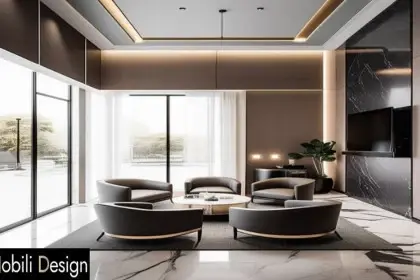
Is Candlelight a Strong Option for Your Italian Dining Room?
If you’ve taken time to design an Italian dining room, but you’re struggling with lighting, then candlelight might be a good option. Click here to find out why.
Italian interior design often centres around classical minimalism, high-quality luxury items, and pure, refined beauty. This works especially well in the dining area space, which is one of the most popular rooms in the Italian household.
If you’ve done well, you’ve likely pulled off the Italian dining design with some exquisite furniture, a timeless design, and close attention to detail. But there’s one thing that might stop you in your tracks. The lighting.
Lighting an Italian-themed home is one of the hardest things you’ll have to do. This is especially true if you’ve tried to echo the 14th to 17th century ‘Renaissance’ period, where interior design flourished with a balance of stark simplicity and cosy warmth.
How do you light a space so delicate without it feeling overpowered? How do you ensure all your details are noticed without taking away what makes them so special?
Candles to the Rescue?
A common solution for many interior designers has been the use of candles. Simply by placing quaint candlesticks across the dinner table, you can light up the interior of the room with a glow that is neither overpowering nor underwhelming.
-What's more, if you make candles your key source of light, then you’ll be further replicating the mood and atmosphere of those old Italian homes that you’ve worked hard to echo in the room itself. They don’t have to be Italian-inspired, either. If you ordinarily use candlesticks for special holidays or occasions, then Christmas, Hanukkah, or Shabbat candlesticks will easily do the trick.
The Cons
That being said, there are negatives. In many ways, the difference between candles and artificial lighting is that candles break the darkness, while lightbulbs give light.
Even with several candlesticks, the room will have more shadows than it will light, and the thing about candles is that they’re made of wax – and wax melts! This means that, the longer you use your candles, the less light they’re going to emit. And this can be a problem if you want to highlight the room's features in both a practical and aesthetic sense.
The Pros
This aside, low light doesn’t necessarily detract from a room’s design. In fact, it can do the opposite. When using a naked flame to light a room, the eyes are forced to work harder. Areas of the room that may otherwise have been bypassed are now concentrated on, considered, and subsequently appreciated.
The flickering nature of candlelight can also help to distinguish unique design factors. Say, for instance, you’ve chosen a classic Florencian furniture wood like chestnut, cypress, or poplar. Under the light of candles, the patterns in these woods can come alive and are highlighted in a far more subtle and delicate way than with artificial white light.
Conclusion
We’re not saying that candles are your only option to adequately compliment your Italian dining room, but they can be a strong option if you’re looking for subtlety and delicacy.
If you’re worried about visibility, you can always have a backup rococo cast brass chandelier, or wall lamps with traditional Venetian, Roman, or Milanian patterns. It’s entirely up to you. As long as it compliments your dining room design, then it’s going to be the right choice!
Reviews:
Be the first to write a review
Use the form below to leave a review








